Each year thousands, perhaps millions of Silver-eyes (Wax Eye) migrate from Tasmania as far north as south Qld, a distance greater than 1500km. The Wax Eyes migrate towards the end of summer, after breeding, when they congregate in flocks.
It is believed that a storm caught one of these migrating flocks and carried them to New Zealand. Today the Wax eye has extensively colonised New Zealand and has become a major viticultural and horticultural pest.
Tagged birds recaptured at the same site in following years suggests Wax Eyes follow the same route each year. One Wax Eye was recaptured 10 years later, so Wax Eyes are long lived.
Wax Eyes disperse in the spring to breed and can raise two or three broods per season with an average clutch size of three.
Not all Wax Eyes migrate, however, some are resident all year round.
Their liking for soft fruits has made them a prime pest in vineyards and orchards. We have developed some Wax Eye control products that have proven to be effective for many situations and crops.
Wax Eyes generally like feeding lower down in trees and shrubs. This is possibly also influenced by their fear of aerial attack from predators (hawks, butcher birds, etc).
Wax Eyes are usually only a major pest when the orchard or vineyard has dense scrub or understorey nearby – usually less than 100 metres away.
It is our experience they won’t cross open country to reach a crop – unless starving – and then they’ll often cover the gap in stages, i.e fly 50m and drop to the ground, fly another 50m and drop to the ground again and so on.
Running a “sonic fence” along the problem boundary has proved to be the most effective way to control these birds. If pressure is high, it may be necessary to also have some sound (usually via a 360 degree speaker – Crop Gard or multi-blaster) inside the defensive line as well. This is to deal with those very hungry Wax Eyes which may have “broken through” the line of speakers in the sonic fence.
Like all bird control, it is vital to have your control measures up and running before fruit colour (i.e before bird damage has commenced).
Wax Eye damage almost always begins along the edge of the crop, and then they eat their way in as the outer rows are eaten out.
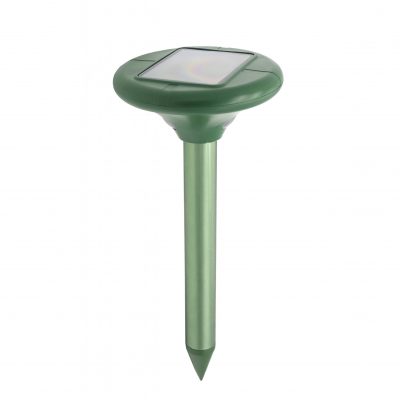
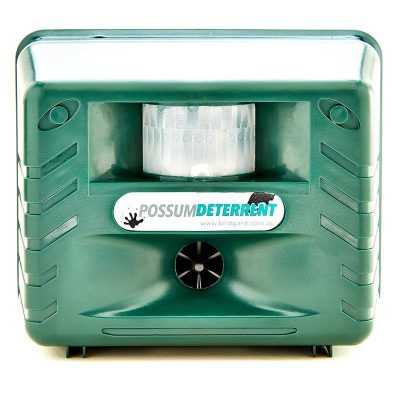
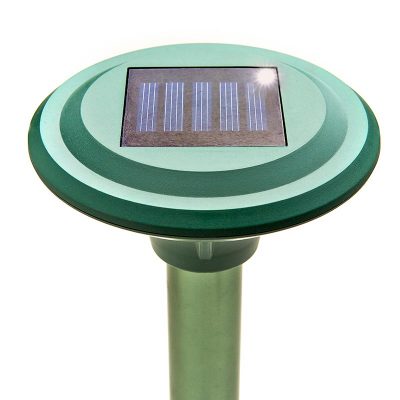
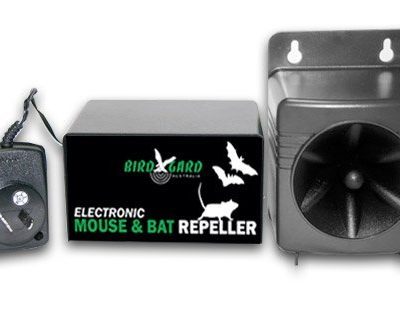
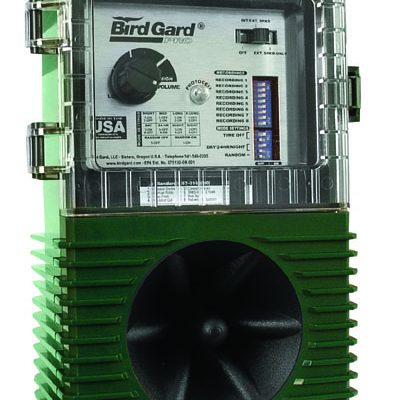

Natasha
I live in Geelong, Victoria, it is still winter and we have had an infiltration of these gorgeous green fruit gobblers move into our plum trees in the last few days. They are very lovely to watch, and in great numbers they are feeding on the nectar of the blossoms, but I am hoping they will move on before our plums grow and ripen in spring. What is this ‘sonic fence’ of which you speak and how can I do it myself cheaply???
Darren Stutchbury
Hi Natalie
They say every year maybe a million silver-eyes fly from Tasmania to the mainland, you might have these birds.
Sometimes Silver-eyes will just pass through an area, but others will stay put.
The “sonic fence” describes several of our devices that have directional speakers that form a line of speakers up to 200 metres long.
These sort of products are usually used in commercial orchards and vineyards.
For smaller areas we use the Pro Plus 4 device on our website.
The Pro Plus 4 device emits several loud sounds such as a silver-eye distress call and a butcher bird call. The Butcher bird is a ferocious predator of silver-eyes.
If you’re interested in such a product do give us a call.